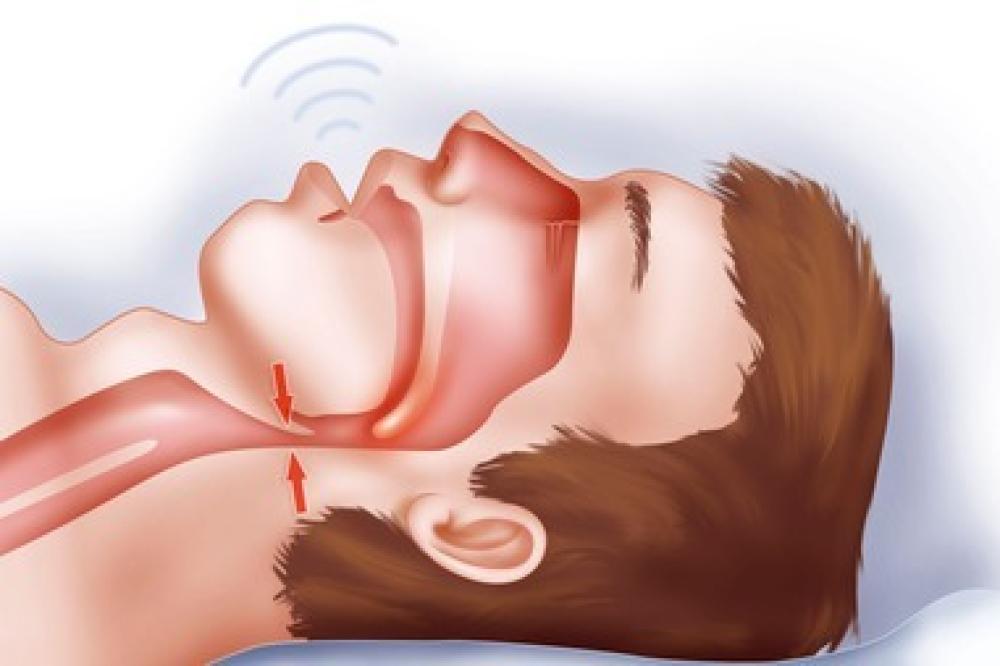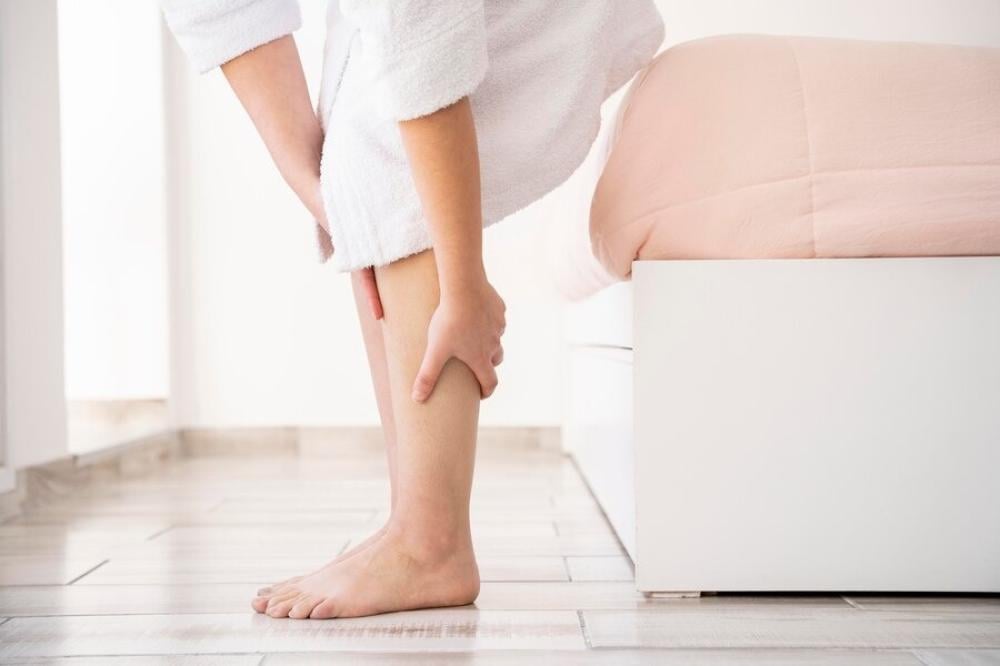Restless legs syndrome
Restless legs syndrome:
It's a strange sensation in the legs that leads to a desire to move them to relieve the sensation. It usually occurs at night, leading to insomnia. Sometimes it's difficult for the patient to describe.
Causes of restless legs syndrome:
There are genetic causes, and in some cases there is no clear cause.
Anemia and iron deficiency may be the cause of this disease.
Kidney disease, diabetes, and multiple sclerosis increase the risk of developing this disease.
Pregnancy.
Symptoms of restless legs syndrome:
· A person with restless legs syndrome feels a strange sensation and a desire to move their legs.
This feeling is deep and not superficial and can be described as numbness, tightness, or other.
Symptoms occur during sleep or while resting, such as while reading or watching TV.
These symptoms get worse over time and are worse at night.
The patient is forced to move his legs or walk around to relieve this sensation.
· Symptoms of restless legs syndrome can make it difficult to get a good night's sleep and can lead to fatigue and exhaustion during the day.
How is restless legs syndrome diagnosed?
Diagnosis is made by a sleep medicine specialist.
The doctor takes a medical history, asks about the symptoms of restless legs syndrome the person is suffering from, and performs a clinical examination.
· Conducting the necessary blood tests, including blood count and iron level tests.
· Sometimes a sleep test is done, but it is not usually necessary.
General tips to relieve the symptoms of restless legs syndrome:
· Apply warm compresses to the legs.
· Regular exercise such as walking.
· Massage the legs.
· Inform your doctor about the medications you are using, as some medications may cause these symptoms.
Restless Legs Syndrome Treatment:
Treatment is followed under the supervision of a specialist doctor and may include:
· Take iron supplements if there is a deficiency in its level.
If the symptoms are mild and do not cause insomnia, the patient can be treated without medication.
If the symptoms are severe and cause insomnia, there are several medications that can be prescribed by a doctor.
· Treating chronic diseases that may lead to restless legs syndrome, such as diabetes and kidney failure.
It is important to consult a specialist when experiencing symptoms of restless legs syndrome to ensure proper diagnosis and treatment.



